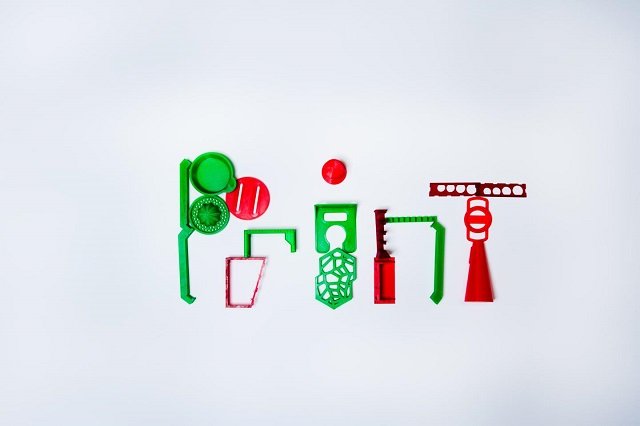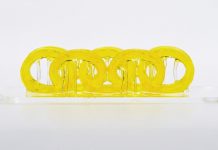
Ever considered getting a 3-D printer for your home?
It may sound like a geeky hobby, but a recent study says it could be a smart way to save money—and a whole lot of it!
Joshua Pearce, an Associate Professor at Michigan Technological University, led a study that found even those of us who aren’t tech whizzes can not only recoup the cost of a 3-D printer in six months but could also earn almost a tenfold return on investment over five years.
Now that’s a lot of cash!
Pearce’s research even suggests that people who use 3-D printers at home have saved over $4 million using only 26 random objects from the study. With millions of free 3-D printable designs online, the possibilities are endless.
Curious about how he figured this out? Well, Pearce got help from Emily Petersen, an undergrad who had never used a 3-D printer before. She used a user-friendly, low-cost printer called the Lulzbot Mini.
After setting it up, Petersen used a website called Yeggi to search for 3-D design files and printed 26 popular household items. And guess what? One of her favorite creations was a cool Pokemon Bulbasaur planter, which she gifted to her mom for Christmas.
So how does the whole “saving money” part work? Petersen and Pearce examined the cost of printing each item, including energy, print time, and the cost of plastic. They compared this to how much it would cost to buy the same items, both at the lower and higher end of the price scale.
On average, they found that 3-D printing saved about 93% on the lower end and 98.65% on the higher end. This means that the cost of the printer and all the printing materials could not only be recouped within three years but could also provide a 25% return on investment.
After five years, it could exceed a 100% return. For the high-cost items, the printer pays for itself within six months, and after five years, you could save more than $12,000!
What’s great about the Lulzbot Mini, and many other 3-D printers, is that they’re open-source. This means all the files you need to upgrade or fix the machine are free online. Some parts that might break can even be 3-D printed themselves.
Petersen, despite being new to this, was able to figure things out and print 26 items successfully, proving that this tech is accessible to everyone.
So, if you’re looking for a unique way to save money, or perhaps a fun project, why not consider 3-D printing?
As technology improves and more designs become available, it’s only going to get easier—and more profitable!



